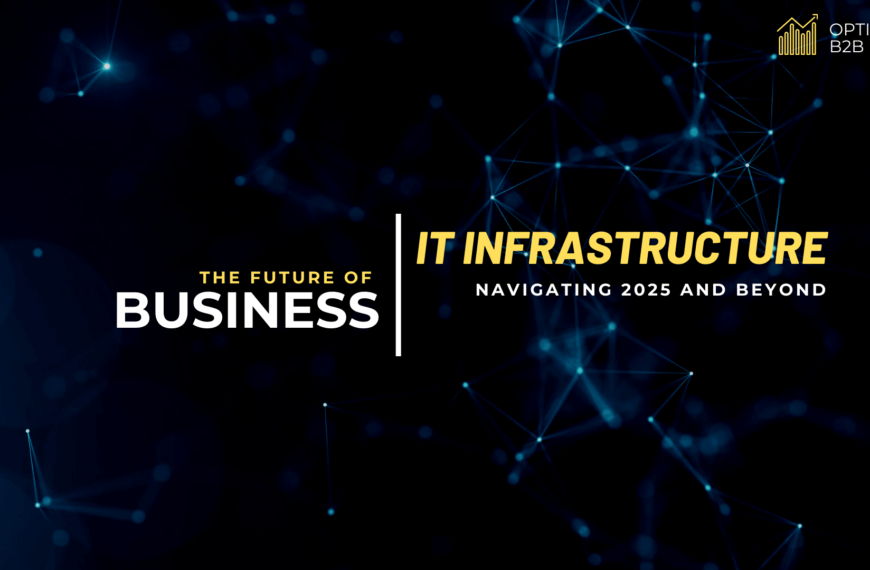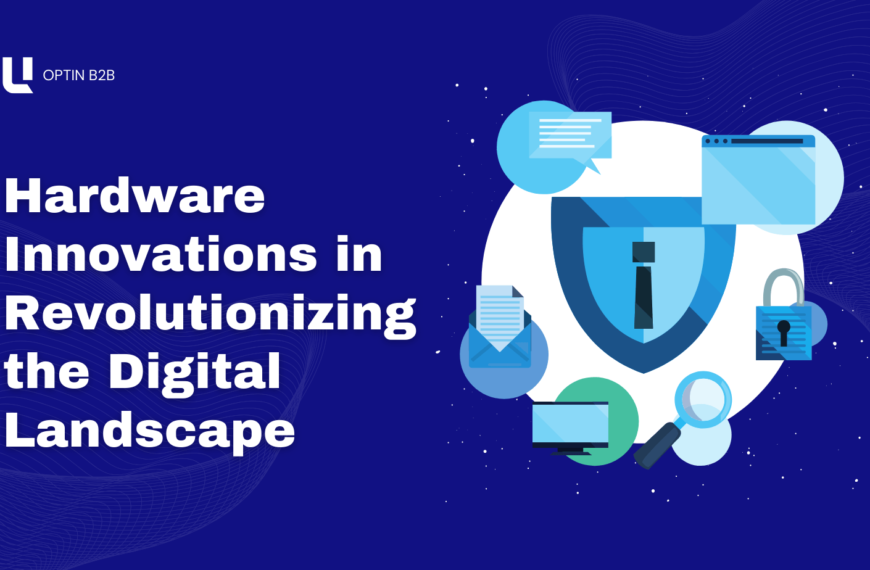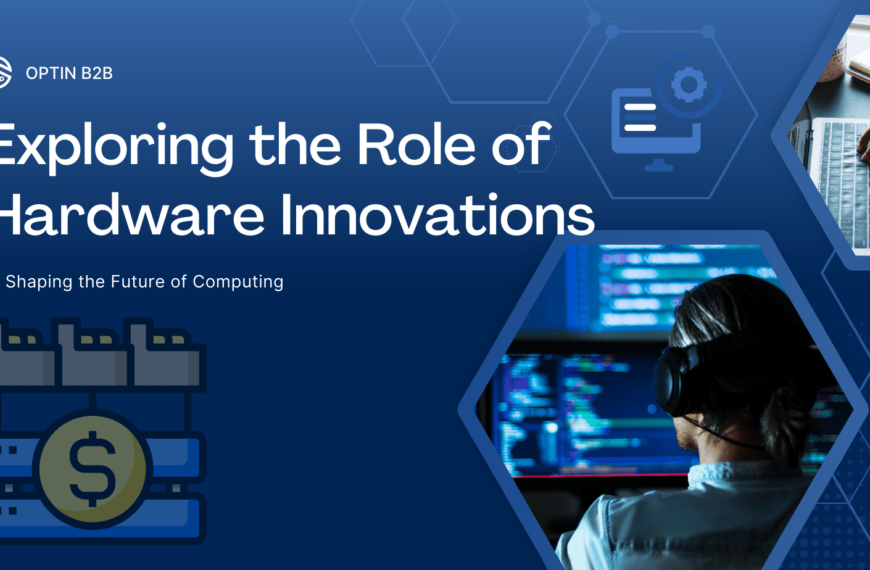As businesses gear up for 2025, networking and IT infrastructure are becoming integral to organizational success in a digital-first world. The rapid digital transformation across sectors, from finance to healthcare, demands that businesses embrace modern solutions for seamless connectivity, data processing, and security. This article explores the top trends in networking and IT infrastructure, and how organizations can harness these advancements to remain competitive, efficient, and secure in the evolving tech landscape.
One of the most critical developments is the adoption of hybrid cloud environments, which are rapidly becoming the norm for businesses seeking flexibility and scalability. Hybrid clouds combine the benefits of public and private cloud solutions, enabling businesses to store sensitive data securely on private clouds while leveraging the computational power of public clouds for less-sensitive operations. Major players like Amazon Web Services (AWS), Microsoft Azure, and Google Cloud are advancing this trend by offering hybrid solutions that streamline workloads, improve accessibility, and enhance disaster recovery capabilities. The hybrid cloud enables businesses to operate more efficiently, reducing overhead while ensuring they can scale operations as their needs grow.
Equally transformative is the rise of software-defined networking (SDN), which is revolutionizing how organizations manage their IT infrastructure. SDN provides greater flexibility, control, and automation by decoupling network hardware from network management. With SDN, organizations can rapidly adjust their network settings, improve network efficiency, and reduce operational costs by automating tasks like bandwidth allocation and traffic routing. Companies like VMware and Cisco have pioneered SDN technologies that enable businesses to respond quickly to changing demands. As companies move toward more dynamic and flexible network systems, SDN will become a cornerstone of next-generation IT infrastructure.
At the same time, the adoption of 5G technology is set to revolutionize connectivity and enhance performance for organizations relying on real-time data. The ultra-low latency and high bandwidth of 5G networks are perfect for industries like manufacturing, logistics, and healthcare, where large amounts of data need to be transmitted quickly and reliably. Telecom giants like Qualcomm, Ericsson, and Nokia are leading the charge in 5G infrastructure, enabling businesses to leverage high-speed mobile connectivity for applications ranging from telemedicine to smart cities. As more businesses adopt IoT (Internet of Things) technologies, the integration of 5G into network infrastructure will play a crucial role in facilitating smoother, faster communication between connected devices.
In line with technological advancements, network security remains a top priority for businesses. As cyber threats evolve, companies must adopt more sophisticated solutions to protect their networks from breaches. Zero-trust security models are gaining prominence, where every access request, whether inside or outside the network, is verified before access is granted. Firms like Palo Alto Networks, Fortinet, and Check Point are leading the way in providing next-gen security solutions that integrate seamlessly with evolving network infrastructures. With the increasing complexity of cyberattacks, the importance of securing network traffic and data storage cannot be overstated, making robust cybersecurity systems indispensable.
Finally, sustainability is becoming a driving factor in the evolution of IT infrastructure. With growing concerns about climate change, businesses are under pressure to adopt greener, more sustainable IT solutions. Leading tech companies such as Google, Amazon, and Microsoft are investing in green data centers and renewable energy to power their operations. As part of their sustainability initiatives, these companies are reducing the carbon footprint of their data processing and networking activities. As more companies move toward environmentally conscious practices, sustainable IT infrastructure will be a major consideration in the coming years.
In conclusion, the future of networking and IT infrastructure will be defined by flexibility, scalability, security, and sustainability. As organizations embrace cloud computing, 5G networks, SDN, and cutting-edge security solutions, they will unlock new opportunities for growth and innovation. To stay competitive in an increasingly digital world, businesses must continuously assess and invest in these emerging technologies, ensuring that their IT infrastructure is agile, resilient, and capable of meeting the evolving demands of the marketplace.














